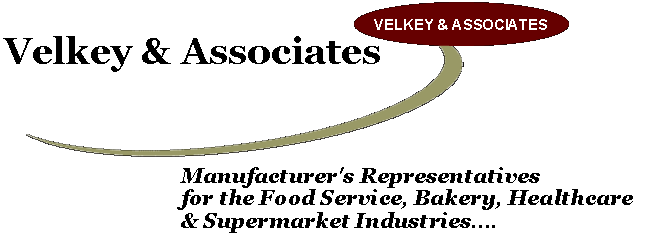
|
Experience combined with an ear attuned to the changing environment of foodservice…. |
|
According to the U.S. Chamber of Commerce: When we speak today of going green, we generally refer to something broader than global warming. We usually are referring to a heightened awareness of using the Earth's resources more efficiently. The term today includes efforts to conserve our natural resources, reduce our contributions to landfills, and reduce pollution generally. Going green, then, can be summarized by the mantra "reduce, reuse, recycle"-- which means reduce waste, reuse what you can, and recycle what you can't. Green is the design, commercialization, and use of processes & products that are feasible & economical while: Reducing the generation of pollution at the source. Minimizing the risk to human health & the environment. |
|
We cannot solve the problems that we have created with the same thinking that created them in the first place. -Albert Einstein |
|
What is L.E.E.D.? |
|
LEED is an internationally recognized green building certification system, providing third-party verification that a building or community was designed and built using strategies aimed at improving performance across all the metrics that matter most: energy savings, water efficiency, CO2 emissions reduction, improved indoor environmental quality, and stewardship of resources and sensitivity to their impacts. |

|
GREEN: What is Green? |







|
Bakery |


|
Healthcare |













|
Bar Needs |







|
What is Sous vide? |
|
Developed in France in the 1970s, sous vide, meaning under vacuum, is a culinary technique in which food is vacuum-sealed and cooked in a low-temperature water bath at a consistent temperature for an extended period of time. The result is perfectly cooked foods with enhanced flavor, texture and nutritional benefits. |
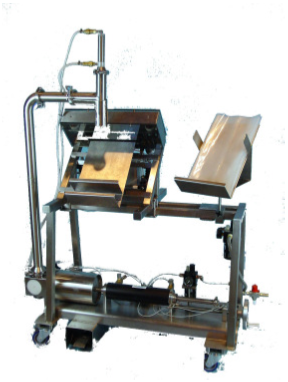
|
For the commissary desiring to automatically cook and then cool vacuum packaged product. Available in 500, 1000, 2000 lb nominal processing capacities. |
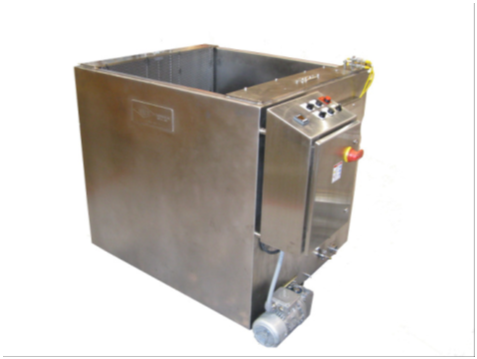
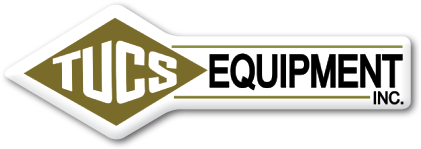
|
VOLUMETRIC PUMP-FILL-SEAL: |

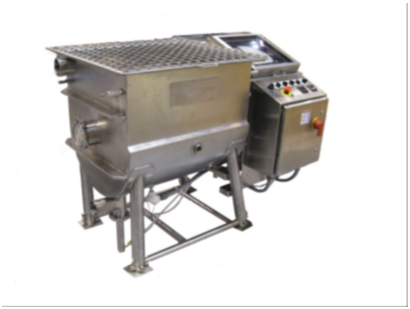
|
50-400 gallon horizontally agitated steam jacketed kettles with integral controls |
|
KETTLES: |
|
CHILLER: |

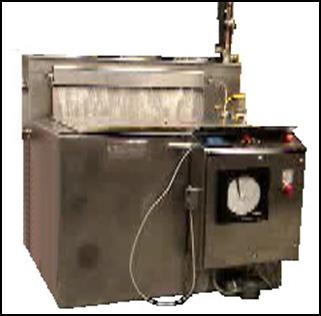
|
Cook & Chill “Sous Vide” Processor |
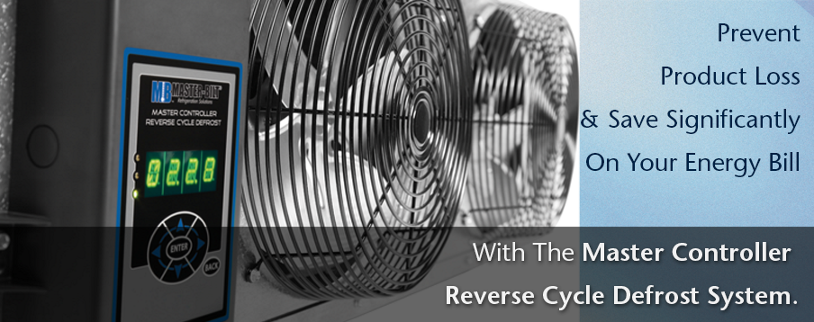

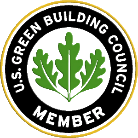



|
On Site Food Waste Solution Industry leader of environmentally friendly on site food waste digester. The LFC® biodigester is a commercial aerobic biodigester that decomposes food wastes within 24 hours. |
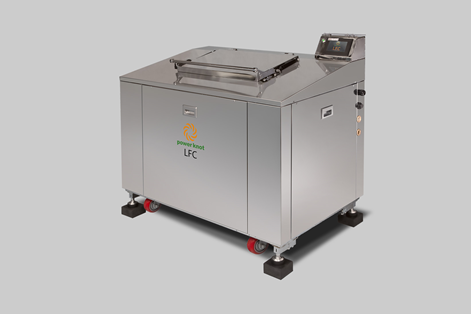
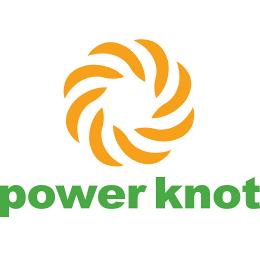
|
Reduce waste, cost, and carbon dioxide with the Power Knot LFC® biodigester. This environmentally friendly food waste digester machine is a cost-effective and responsible way to dispose of food waste. The LFC® biodigester takes discarded food in a commercial environment and transforms it into grey water that is safe to send to water treatment facilities. The food waste digester machine uses a series of processes that include microorganisms to break down food and transform it into liquid. By using the LFC® biodigester, you are reducing the amount of space and energy needed to remove the unwanted food scraps from your facility. It doesn’t need collecting, transporting, or piling up in a landfill. You save money, improve operations, and benefit the environment! |

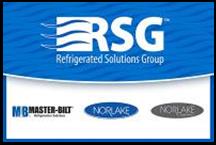
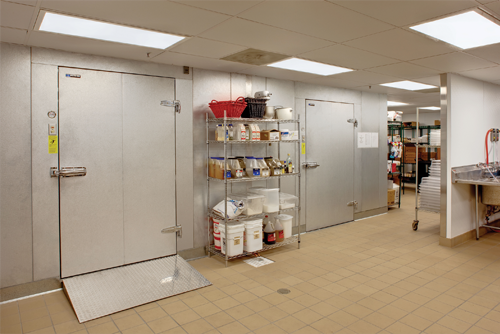
The Problem of Food WasteAlmost half of our food is wasted in the United States. How does this happen? |
|
In the US and as a result, uneaten food is the single largest component of municipal solid waste. In landfills, food gradually breaks down to form methane, a greenhouse gas that’s up to 86 times more powerful than carbon dioxide. |
|
With installations globally, Power Knot offers the most technologically advanced machines available today and is the market leader in biodigesters. Our LFC biodigesters are proven, available today, have been in reliable use for many years, and offer a payback period typically of less than two years. Power Knot is a profitable company that designs, develops, and manufactures its LFC biodigesters in Silicon Valley, California. For more information, access www.powerknot.com. |